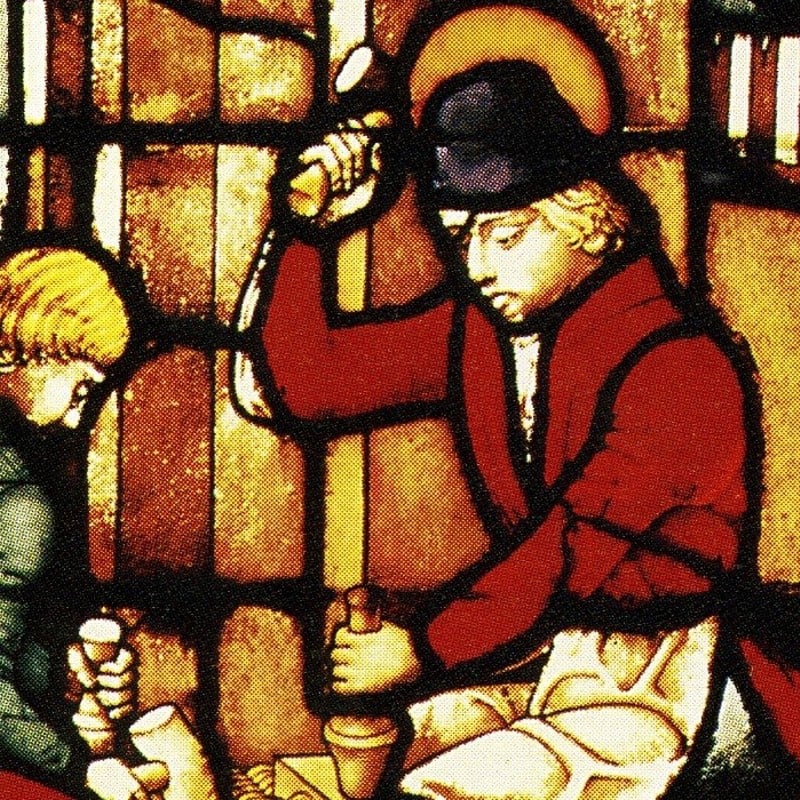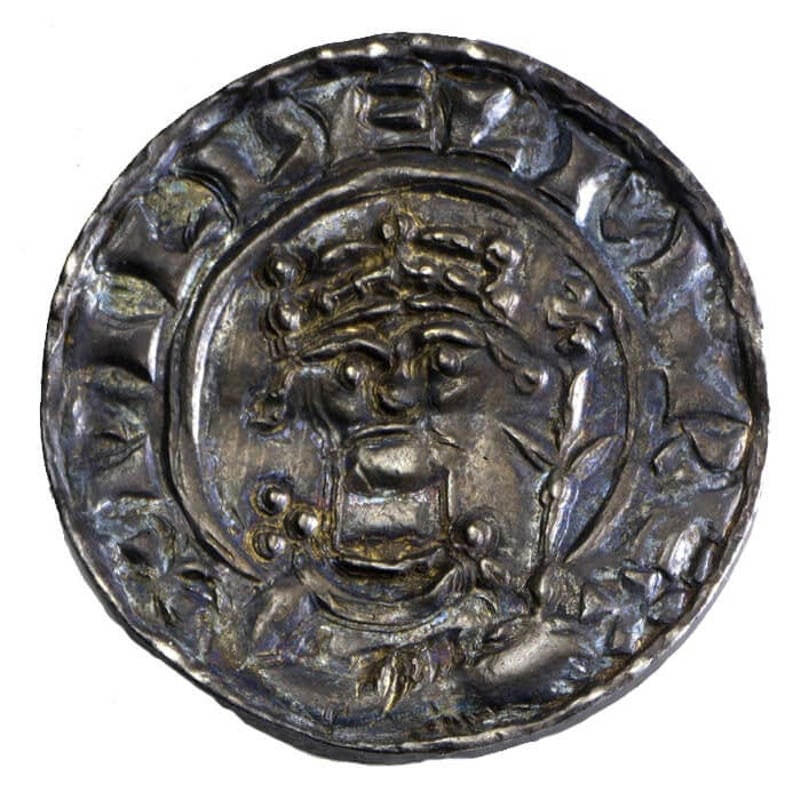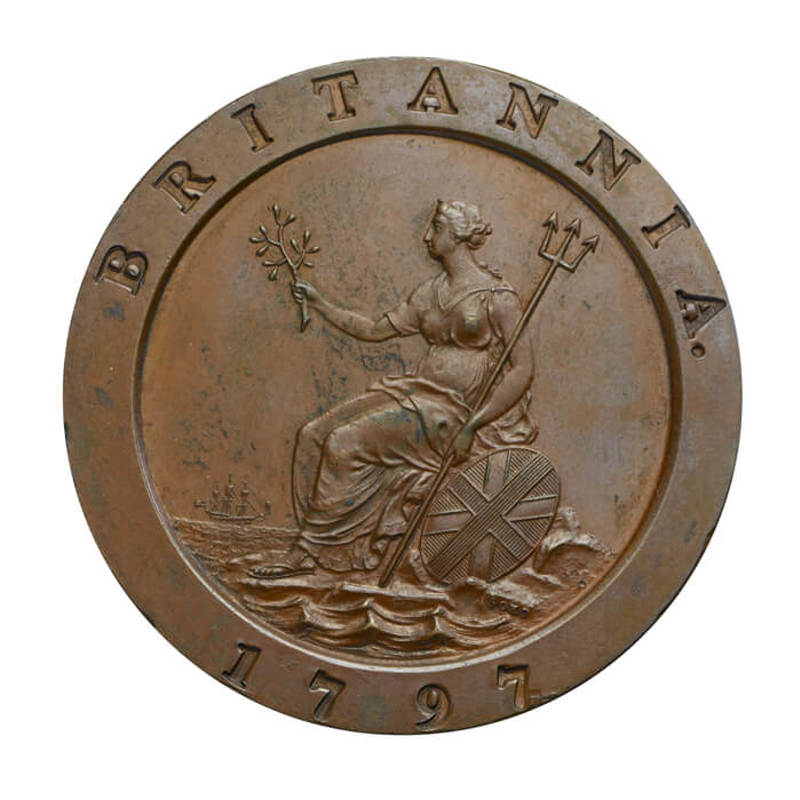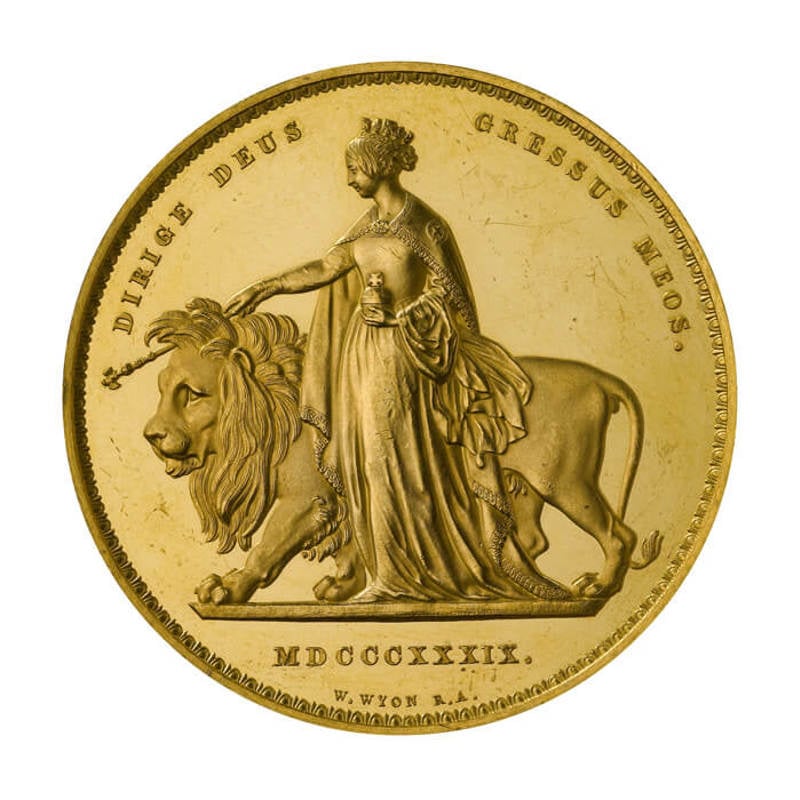Maundy Money
The Royal Maundy is an ancient ceremony which has its origin in the commandment Christ gave after washing the feet of his disciples on the day before Good Friday. The commandment, or mandatum, 'that ye love one another' (John XIII 34) is still recalled regularly by Christian churches throughout the world and the ceremony of monarchs washing the feet of the poor, accompanied by gifts of food and clothing, can be traced back to the fourth century.
It seems to have been the custom as early as the 13th century for members of the royal family to take part in Maundy ceremonies, to distribute money and gifts, and to recall Christ's simple act of humility by washing the feet of the poor. Henry IV began the practice of relating the number of recipients of gifts to the monarch's age, and as it became the custom of the monarch to perform the ceremony, the event became known as the Royal Maundy.

In the 18th century the act of washing the feet of the poor was discontinued and in the 19th century money allowances were distributed in place of the various gifts of food and clothing.
Today's recipients of Royal Maundy, as many elderly men and as many elderly women as there are years in the sovereign's age, are chosen because of the Christian service they have given to the Church and community. At the ceremony, which takes place annually on Maundy Thursday the monarch hands to each recipient two small leather string purses. One, a red purse, contains - in ordinary coinage - money in lieu of food and clothing; the other, a white purse, contains silver Maundy coins consisting of the same number of pence as the years of the monarch's age.
At first ordinary coinage was used for Maundy gifts, silver pennies alone being supplied in Tudor and Stuart times for the ceremony. Specially-struck Maundy Money started in 1662 in the reign of Charles II with an undated issue of fourpenny, threepenny, twopenny and one penny pieces. It was not until 1670 that a dated set of all four coins appeared.
Maundy Money has remained much the same since 1670, the coins used for the Maundy ceremony traditionally being struck in sterling silver. A Maundy set still consists of four small silver coins, but in 1971, at the time of decimalisation, the face values of the coins were changed from old to new pence. Throughout her reign the Maundy coinage of Queen Elizabeth II continued to feature her first coinage portrait designed by Mary Gillick.
You might also like

Making Money
The basic minting process of melting, casting, blanking and striking is essentially timeless.

Pounds, Shillings and Pence
The pre-decimal currency system consisted of a pound of 20 shillings or 240 pence.


